The anti acne-dermal-patch market in Spain exhibits a dynamic competitive landscape, characterized by a blend of innovation and strategic positioning among key players. Companies such as Hero Cosmetics (US), COSRX (KR), and Neutrogena (US) are at the forefront, leveraging their brand equity and product efficacy to capture market share. Hero Cosmetics (US) emphasizes a direct-to-consumer model, enhancing customer engagement through social media and influencer partnerships, which appears to resonate well with younger demographics. Meanwhile, COSRX (KR) focuses on product formulation, utilizing natural ingredients that appeal to health-conscious consumers, thereby reinforcing its market presence. Neutrogena (US), with its extensive distribution network, aims to enhance accessibility, suggesting a strategy centered on broad market penetration and consumer trust.
The business tactics employed by these companies reflect a nuanced understanding of local market dynamics. For instance, localizing manufacturing and optimizing supply chains are pivotal strategies that not only reduce costs but also enhance responsiveness to consumer demands. The market structure appears moderately fragmented, with several players vying for dominance, yet the collective influence of established brands creates a competitive environment that is both challenging and ripe for innovation.
In October 2025, Hero Cosmetics (US) launched a new line of eco-friendly anti acne-dermal patches, which aligns with the growing consumer preference for sustainable products. This strategic move not only differentiates the brand in a crowded market but also positions it as a leader in sustainability, potentially attracting environmentally conscious consumers. The introduction of this product line may enhance brand loyalty and expand its customer base, indicating a shift towards eco-centric marketing strategies.
In September 2025, Neutrogena (US) announced a partnership with a leading skincare app to integrate AI-driven skin analysis features. This collaboration aims to provide personalized product recommendations, thereby enhancing the consumer experience. The strategic importance of this initiative lies in its potential to leverage technology for deeper consumer insights, fostering a more tailored approach to skincare solutions. Such innovations could significantly influence purchasing decisions, positioning Neutrogena as a tech-savvy leader in the market.
In August 2025, COSRX (KR) expanded its distribution channels by entering into a partnership with major Spanish retailers, enhancing its market reach. This strategic action not only increases product availability but also aligns with the brand's goal of becoming a household name in Spain. The implications of this expansion are profound, as it may lead to increased brand visibility and sales, further solidifying COSRX's competitive stance in the region.
As of November 2025, the competitive trends in the anti acne-dermal-patch market are increasingly defined by digitalization, sustainability, and the integration of AI technologies. Strategic alliances are becoming more prevalent, facilitating innovation and enhancing market responsiveness. The competitive differentiation is likely to evolve from traditional price-based strategies to a focus on innovation, technological advancements, and supply chain reliability. This shift suggests that companies must not only innovate but also ensure that their operational frameworks can support these advancements to remain competitive in a rapidly changing landscape.


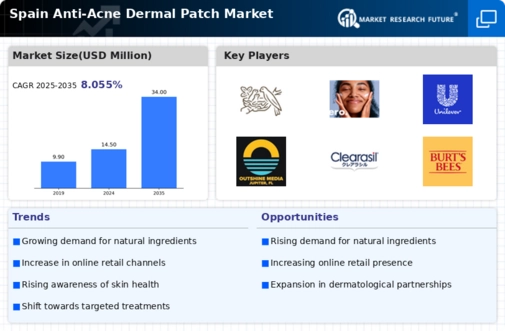
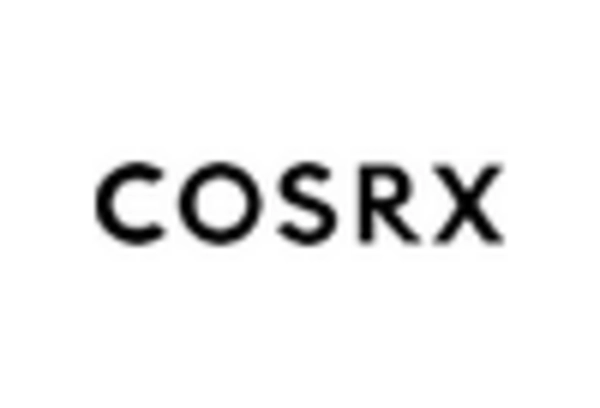
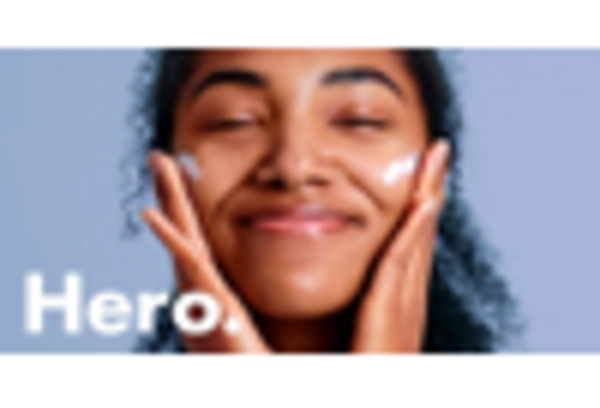
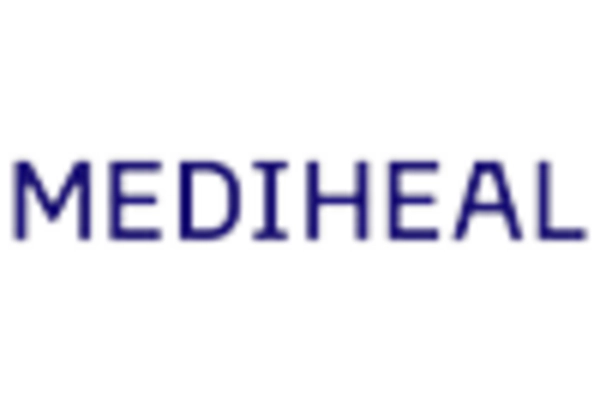
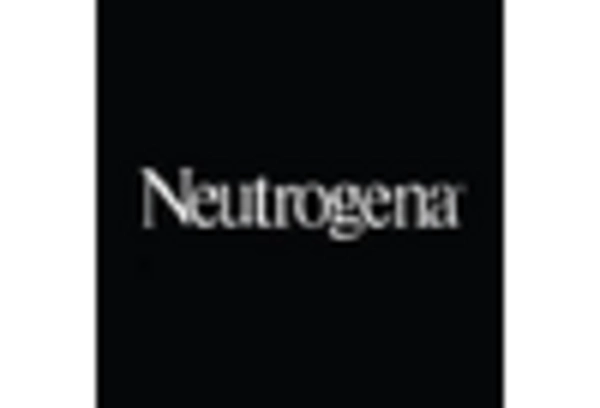
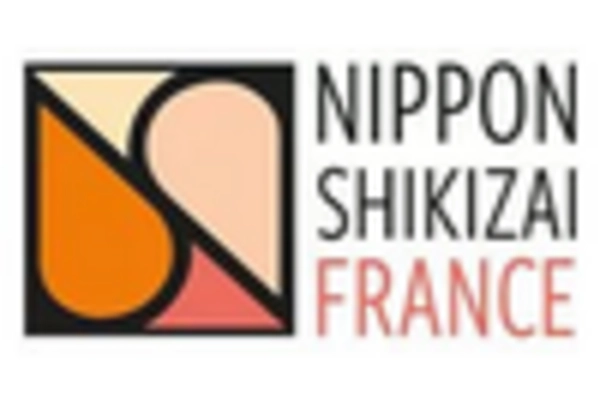
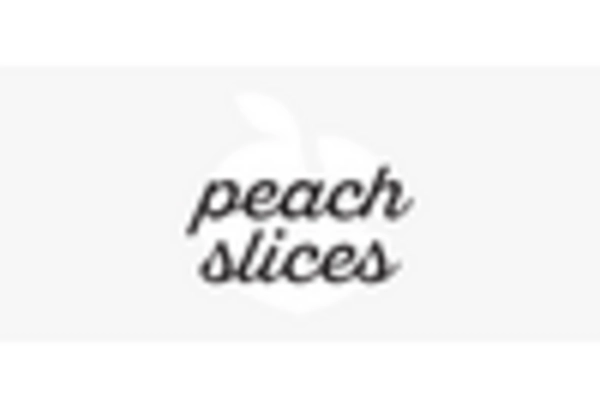








Leave a Comment